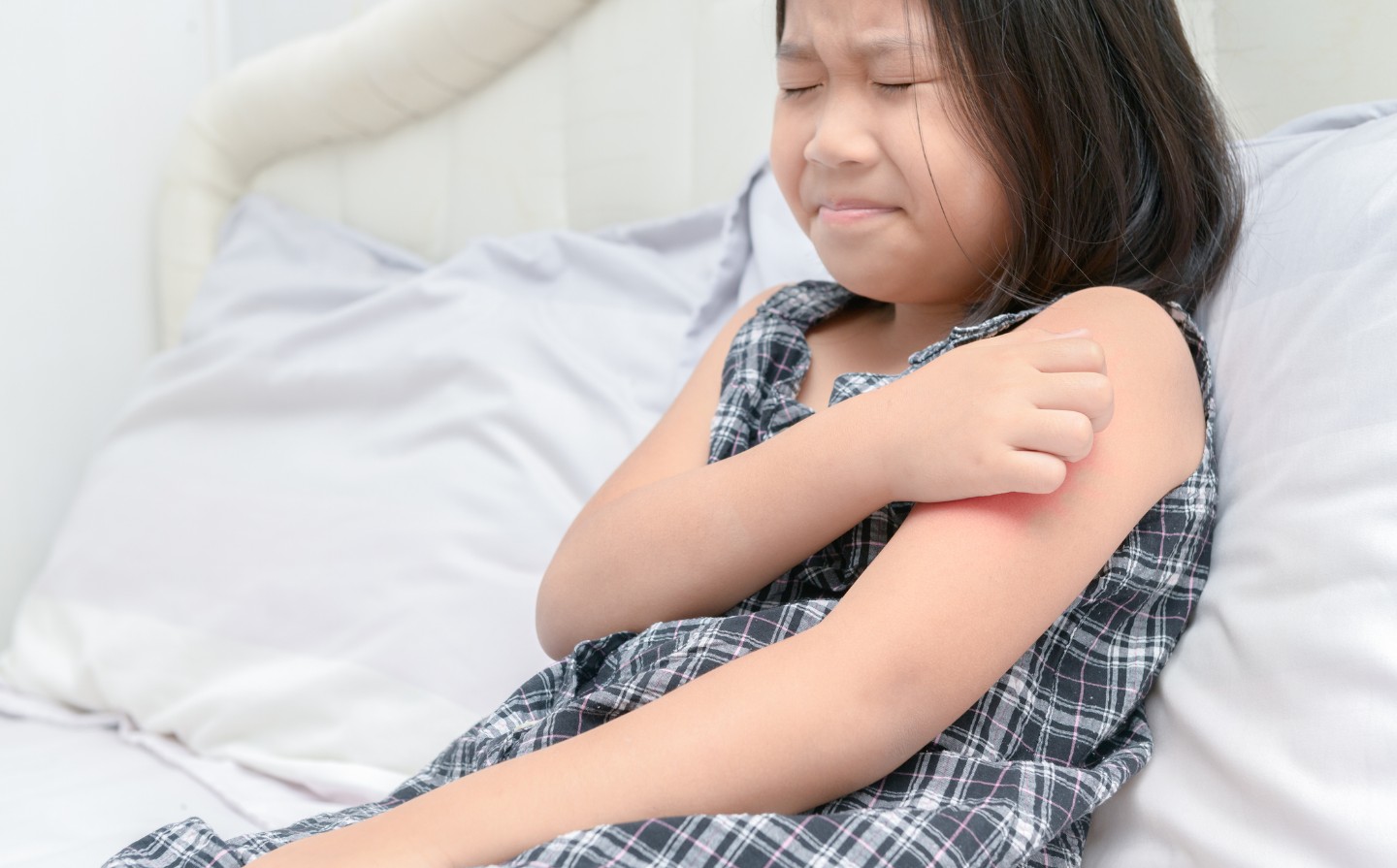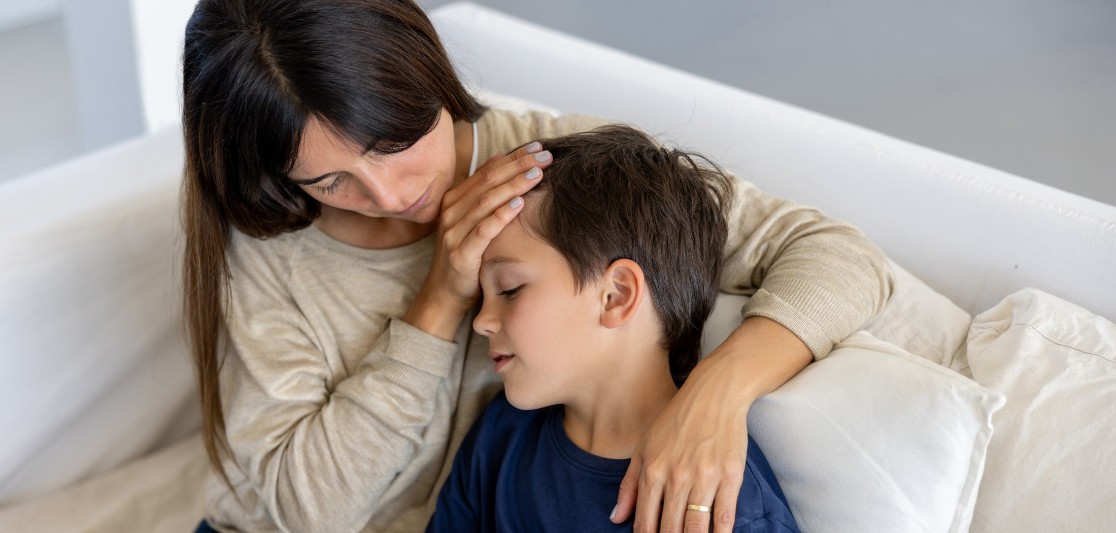World Meningitis Day: A Pediatrician's Urgent Message to Parents
SEP 25, 2025Meningitis is the inflammation of the membranes (meninges) that surround and protect the brain and spinal cord.
Read More
As parents, we've all been there: you're changing your child, giving them a bath, or just snuggling on the couch when you spot it – a rash. Panic can set in quickly, but before you jump to worst-case scenarios, take a deep breath. Rashes are incredibly common in children, and while some require medical attention, many are easily treatable at home.
This post will help you navigate the world of childhood rashes, identifying some of the most common causes and when it's time to seek professional help.
A rash is simply a visible change in the skin's appearance. It can manifest in many ways: red bumps, blisters, dry patches, scaly skin, or even just a general redness. Rashes can be itchy, painful, or completely asymptomatic.
Here's a rundown of some of the most common causes of rashes in children:
This chronic condition causes dry, itchy, and inflamed skin. It often appears in babies on the face, scalp, and elbows, and in older children in the creases of the elbows and knees. Eczema is often linked to allergies and asthma.
This occurs when the skin comes into contact with an irritant or allergen. Common culprits include:
This occurs when sweat ducts become blocked, trapping sweat under the skin. It's common in babies and young children, especially in hot, humid weather.
This highly contagious viral infection is characterized by itchy, fluid-filled blisters that eventually scab over.
Another highly contagious viral infection, measles starts with cold-like symptoms followed by a characteristic rash.
This bacterial infection is caused by the same bacteria that causes strep throat.
This viral infection is characterized by a bright red rash on the cheeks, often described as a "slapped cheek" appearance.
These are raised, itchy welts that can appear anywhere on the body. They are often caused by allergic reactions to food, medications, or insect stings.
This fungal infection causes a circular, scaly rash with a raised border.
While many rashes are harmless and resolve on their own, it's important to seek medical attention if:
Rashes are a common part of childhood. By understanding the common causes and knowing when to seek medical attention, you can help your child get the relief they need and get back to being a happy, healthy kid. Remember, when in doubt, always consult with your pediatrician. They can provide an accurate diagnosis and recommend the best course of treatment for your child's specific needs.

Meningitis is the inflammation of the membranes (meninges) that surround and protect the brain and spinal cord.
Read More
With the right knowledge and proactive management, children with asthma can lead full, active, and vibrant lives.
Read More
Celiac disease is an autoimmune disorder triggered by the consumption of gluten, a protein found in wheat, barley, and rye.
Read MoreWhen you need local health information from a trusted source, turn to the CHI Health Better You eNewsletter.